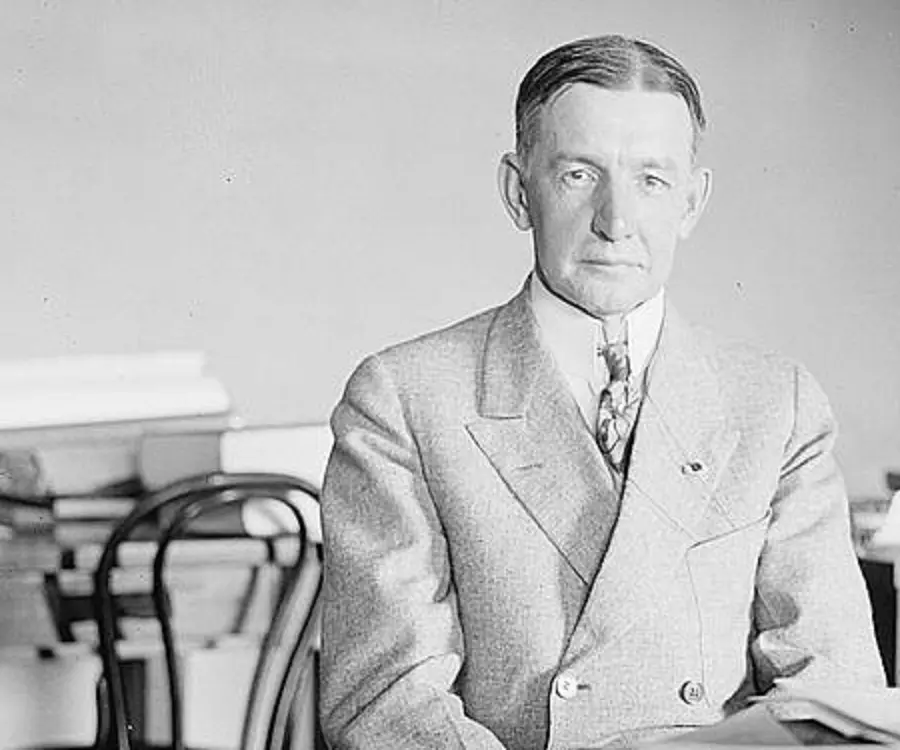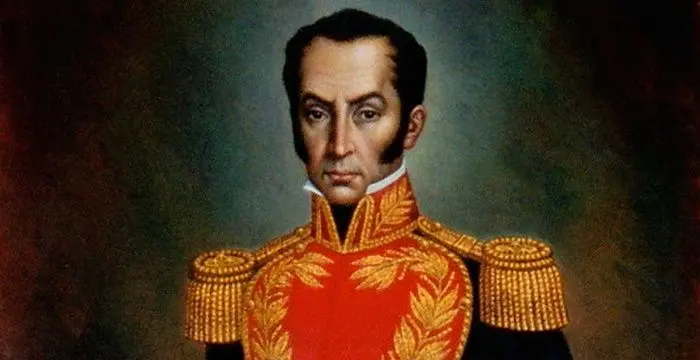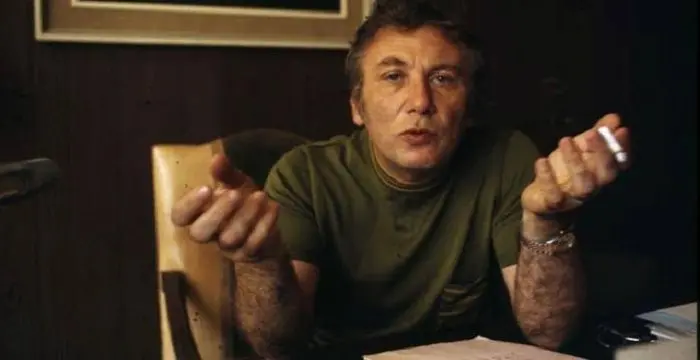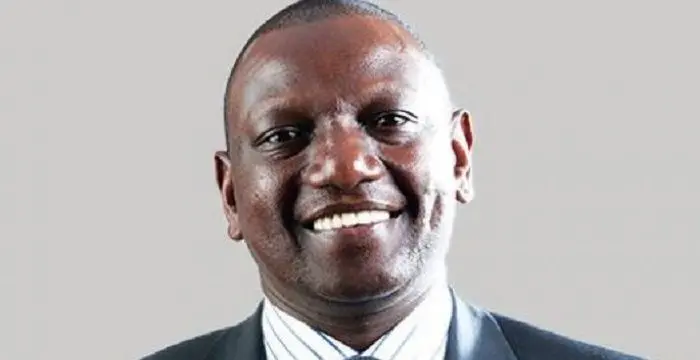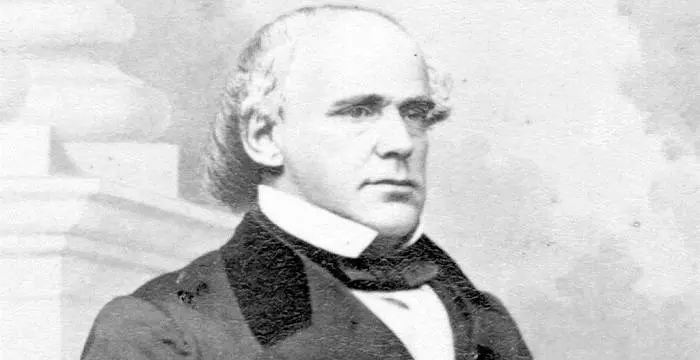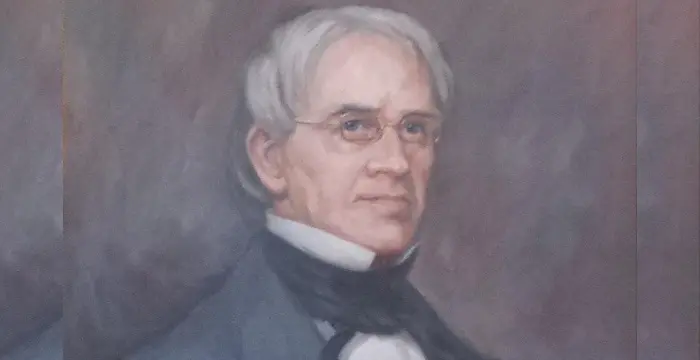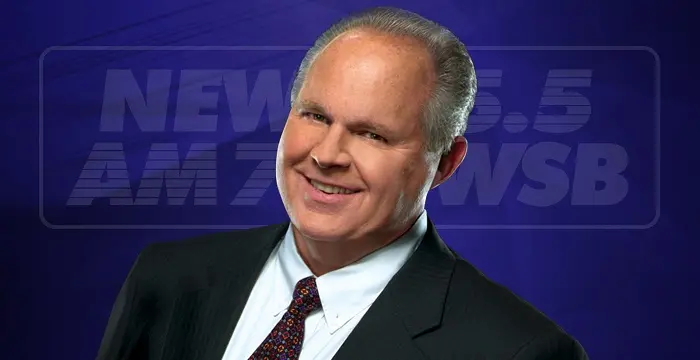
Charles G. Dawes - Vice President of the United States, Life Achievements and Childhood
Charles G. Dawes's Personal Details
Charles Dawes was the 30th Vice President of the United States
| Information | Detail |
|---|---|
| Birthday | August 27, 1865 |
| Died on | April 23, 1951 |
| Nationality | American |
| Famous | Republicans, Leaders, Political Leaders, Vice President of the United States |
| Ideologies | Republicans |
| Spouses | Caro Blymyer Dawes |
| Childrens | Carolyn Dawes, Dana McCutcheon, Rufus Fearing Dawes, Virginia Dawes |
| Birth Place | Marietta, Ohio |
| Gender | Male |
| Father | Rufus Dawes |
| Mother | Mary Beman Gates Dawes |
| Sun Sign | Virgo |
| Born in | Marietta, Ohio |
| Famous as | Vice President of the United States |
| Died at Age | 85 |
Charles G. Dawes's photo
Who is Charles G. Dawes?
Charles Gates Dawes was the 30th Vice President of the United States who served in this post from 1925 to 1929. A highly accomplished man, he was not just a politician—he also had a career as a very successful businessman and financier. He was the son of a decorated Union Officer during the American Civil War and a descendant of the great Revolutionary War figure William Dawes. Hailing from a family of such notable personalities, Charles Dawes himself was destined to reach great heights. After receiving his education in legal studies he started a private practice and became interested in business ventures. He organized the Central Trust Company and served in the army during World War I. He ventured into politics and was made the Comptroller of the Currency in the United States Department of the Treasury. Finding success in all his ventures motivated him to run for the senate. After the World War I, he was appointed as the director of the Bureau of the Budget under the presidency of Warren Harding. He worked on what came to be known as the Dawes Plan for World War I reparations for which he became the co-winner of the Nobel Peace Prize, 1925.
// Famous Leaders
Edi Rama
Edi Rama is the current Prime Minister of Albania. Check out this biography to know about his childhood, life, achievements, works & timeline.
Tecumseh
Tecumseh was a Native American leader of the Shawnee clan. This biography profiles his childhood, life and timeline.
Khalifa bin Zayed Al Nahyan
Sheikh Khalifa bin Zayed Al Nahyan is the current President of the United Arab Emirates (UAE). Check out this biography to know about his birthday, childhood, family life, achievements and fun facts about him.
Childhood & Early Life
He was born in Washington County as the son of Rufus Dawes and Mary Beman Gates Dawes. His father was a Civil war officer and he descended from a family of notable personalities.
He went to Marietta College from where he graduated in 1884. He decided to study law and enrolled at the Cincinnati Law School. He completed his studies in 1886.
Career
He was admitted to the bar and he moved to Lincoln, Nebraska, in 1887. There he practiced law till 1894. He was blessed with an acute business sense and made a name for himself as an intelligent and persuasive lawyer and businessman.
He was a very ambitious person who along with his law practice also managed a meat packing company, acted as director of a bank, and was an investor in stocks.
He became very wealthy and in 1894 he purchased control of a number of artificial gas plants in La Crosse, Wisconsin and Chicago, and became the president of the La Crosse Gas Light Company and the Northwestern Gas Light and Coke Company.
Along with managing his business career, he was also active in politics. Republican party leaders, impressed with his business skills asked him to manage a portion of William McKinley’s bid for the Presidency of the United States in 1896.
He was made the Comptroller of the Currency in the United States Department of the Treasury in 1898 after McKinley’s election success. In this position he collected over $25 million from the banks that had failed during the Panic of 1893. He also revolutionized certain banking policies.
Over the years, his business grew manifold, and he along with his brothers controlled 28 gas and electric plants in ten states. He gave the management of the utilities to his brothers in 1902, and ventured into banking.
In 1902, he founded the Central Trust Company of Illinois and also served as its president. He now devoted himself fully to the management of this company which was also known as the Dawes Bank.
Being a descendant of William Dawes, the famous Revolutionary War figure, he joined the Illinois Society of the Sons of the American Revolution in 1915.
In 1917, he was commissioned as a major in the army and he eventually rose through the ranks as Major and Lieutenant Colonel before being discharged as a Brigadier General. While in the army he integrated the system of supply procurement and distribution for the entire American Expeditionary Force and also served as a member of the Liquidation Commission. He resigned from the army in 1919.
In 1921, he was appointed by the President Warren G. Harding as the first Director of the newly created Bureau of the Budget.
He was invited by the League of Nations in 1923 to work on the question of German reparations. He diligently worked on and presented the Dawes Report in April, 1924, providing the various facts about Germany’s budget and resources and suggested the measured to deal with the issues.
In 1924, he was nominated by the delegates of the Republican National Convention as a vice presidential nominee. The President Calvin Coolidge liked him and he was elected Vice President of the United States in November, 1924 and served for one term till 1929.
He served as the U.S. Ambassador to the United Kingdom from 1929 to 1932. During that time America was reeling under the Great Depression and Dawes agreed to head the newly created Reconstruction Finance Corporation on the request of President Herbert Hoover.
After the end of his career in public service he returned to his business ventures. He became the chairman of the board of the City National Bank and Trust Co. in 1932 and served there till his death.
He was also the author of several works including ‘A Journal of the Great War’ (1921), ‘Notes as Vice President’ (1935), and ‘A Journal of Reparations’ (1939).
Major Works
He is best known for his Dawes Plan, which was a plan to collect war reparations debt from Germany following the World War I. This plan helped to put an end to the Allied occupation and resolved a serious international crisis.
Awards & Achievements
In 1925, the Nobel Peace Prize was awarded jointly to Sir Austen Chamberlain and Charles Gates Dawes. He was awarded this prize for the Dawes Plan and his works on World War I reparations.
Personal Life & Legacy
He married Caro Blymer in 1889 and had four children.
He died in 1951 at the age of 85.
Trivia
This American Vice President and Nobel laureate was also a self-taught pianist and composer.
// Famous Political Leaders
Edi Rama
Edi Rama is the current Prime Minister of Albania. Check out this biography to know about his childhood, life, achievements, works & timeline.
Khalifa bin Zayed Al Nahyan
Sheikh Khalifa bin Zayed Al Nahyan is the current President of the United Arab Emirates (UAE). Check out this biography to know about his birthday, childhood, family life, achievements and fun facts about him.
Leo Varadkar
Cam Leo Varadkar is the current Taoiseach—the Prime Minister—of the Republic of Ireland. Check out this biography to know about his childhood, family life, achievements and other facts about his life.
Charles G. Dawes's awards
| Year | Name | Award |
|---|---|---|
Other | ||
| 0 | Nobel Peace Prize (1925) | |
Charles G. Dawes biography timelines
- // 27th Aug 1865He was born in Washington County as the son of Rufus Dawes and Mary Beman Gates Dawes. His father was a Civil war officer and he descended from a family of notable personalities.
- // 1886He went to Marietta College from where he graduated in 1884. He decided to study law and enrolled at the Cincinnati Law School. He completed his studies in 1886.
- // 1887He was admitted to the bar and he moved to Lincoln, Nebraska, in 1887. There he practiced law till 1894. He was blessed with an acute business sense and made a name for himself as an intelligent and persuasive lawyer and businessman.
- // 1889He married Caro Blymer in 1889 and had four children.
- // 1894He became very wealthy and in 1894 he purchased control of a number of artificial gas plants in La Crosse, Wisconsin and Chicago, and became the president of the La Crosse Gas Light Company and the Northwestern Gas Light and Coke Company.
- // 1896Along with managing his business career, he was also active in politics. Republican party leaders, impressed with his business skills asked him to manage a portion of William McKinley’s bid for the Presidency of the United States in 1896.
- // 1898He was made the Comptroller of the Currency in the United States Department of the Treasury in 1898 after McKinley’s election success. In this position he collected over $25 million from the banks that had failed during the Panic of 1893. He also revolutionized certain banking policies.
- // 1902In 1902, he founded the Central Trust Company of Illinois and also served as its president. He now devoted himself fully to the management of this company which was also known as the Dawes Bank.
- // 1917In 1917, he was commissioned as a major in the army and he eventually rose through the ranks as Major and Lieutenant Colonel before being discharged as a Brigadier General. While in the army he integrated the system of supply procurement and distribution for the entire American Expeditionary Force and also served as a member of the Liquidation Commission. He resigned from the army in 1919.
- // 1921In 1921, he was appointed by the President Warren G. Harding as the first Director of the newly created Bureau of the Budget.
- // 1923He was invited by the League of Nations in 1923 to work on the question of German reparations. He diligently worked on and presented the Dawes Report in April, 1924, providing the various facts about Germany’s budget and resources and suggested the measured to deal with the issues.
- // 1924In 1924, he was nominated by the delegates of the Republican National Convention as a vice presidential nominee. The President Calvin Coolidge liked him and he was elected Vice President of the United States in November, 1924 and served for one term till 1929.
- // 1925In 1925, the Nobel Peace Prize was awarded jointly to Sir Austen Chamberlain and Charles Gates Dawes. He was awarded this prize for the Dawes Plan and his works on World War I reparations.
- // 1929He served as the U.S. Ambassador to the United Kingdom from 1929 to 1932. During that time America was reeling under the Great Depression and Dawes agreed to head the newly created Reconstruction Finance Corporation on the request of President Herbert Hoover.
- // 23rd Apr 1951He died in 1951 at the age of 85.
// Famous Republicans
Simon Bolivar
Simón Bolívar was a Venezuelan military leader who was instrumental in independence of several Latin American countries from the Spanish rule. This biography profiles his childhood, life, achievements and timeline.
Nizar Qabbani
Nizar Qabbani was a poet, and is one among the most honoured men in the Arab Literary world. This biography provides detailed information about his childhood, career, profile and timeline.
William Ruto
William Ruto is a politician who hails from Kenya and is the first Deputy President of the Republic of Kenya. This biography provides detailed information about his childhood, Profile, career and timeline
Salmon P. Chase
Salmon Portland Chase was an American jurist and politician and served as the sixth Chief Justice of the United States. This biography of Salmon Portland Chase profiles his childhood, life, career, achievements and timeline.
Horace Mann
Horace Mann was an American education reformer and politician. This biography of Horace Mann profiles his childhood, life, works, achievements and timeline.
Rush Limbaugh
Rush Limbaugh is an American radio talk show host, political commentator and author. This biography provides detailed information on his childhood, life, career, achievements and timeline.
Charles G. Dawes's FAQ
What is Charles G. Dawes birthday?
Charles G. Dawes was born at 1865-08-27
When was Charles G. Dawes died?
Charles G. Dawes was died at 1951-04-23
Which age was Charles G. Dawes died?
Charles G. Dawes was died at age 85
Where is Charles G. Dawes's birth place?
Charles G. Dawes was born in Marietta, Ohio
What is Charles G. Dawes nationalities?
Charles G. Dawes's nationalities is American
What is Charles G. Dawes ideologies?
Charles G. Dawes's ideologies is Republicans
Who is Charles G. Dawes spouses?
Charles G. Dawes's spouses is Caro Blymyer Dawes
Who is Charles G. Dawes childrens?
Charles G. Dawes's childrens is Carolyn Dawes, Dana McCutcheon, Rufus Fearing Dawes, Virginia Dawes
Who is Charles G. Dawes's father?
Charles G. Dawes's father is Rufus Dawes
Who is Charles G. Dawes's mother?
Charles G. Dawes's mother is Mary Beman Gates Dawes
What is Charles G. Dawes's sun sign?
Charles G. Dawes is Virgo
How famous is Charles G. Dawes?
Charles G. Dawes is famouse as Vice President of the United States


